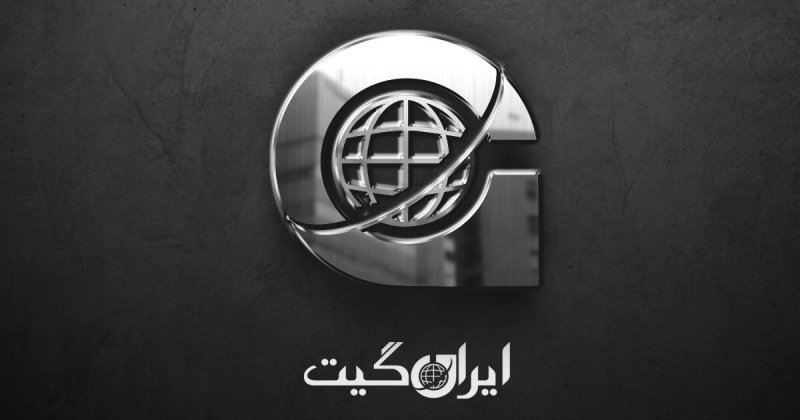Global Bargain with Putin and Trump’s Signature Behind the Scenes of the Alaska Meeting
Global Bargain with Putin and Trump’s Signature Behind the Scenes of the Alaska Meeting
According to IranGate News Agency, at a time when the world is facing deep geopolitical, economic, and social crises, the face-to-face meeting between Vladimir Putin and Donald Trump on U.S. soil, after years of halted high-level bilateral talks, has captured the attention of international observers.
This historic meeting, held on August 15, 2025, in the state of Alaska, is significant not only from a symbolic and ceremonial perspective but also in strategic and psychological dimensions.
In this analytical report, IranGate News Agency attempts to comprehensively examine various aspects of this meeting and, while assessing its potential impacts on Moscow-Washington relations, evaluate its influence on the future of international order and power equations.
The Trump-Putin Meeting in Alaska: A Return to Great Power Politics
On August 15, 2025 (24th of Mordad, 1404), Vladimir Putin, the President of Russia, and Donald Trump, the President of the United States, met in the state of Alaska.
This meeting is considered the first official face-to-face dialogue between the leaders of the two countries in about a decade and has gained significant importance amid global geopolitical crises, including the Ukraine war and increasing tensions between the U.S. and its European allies.
Although this meeting was officially aimed at resolving the Ukraine crisis, at the conclusion of the talks, both parties announced that no agreement for a ceasefire or end to the war was reached. However, both presidents emphasized that negotiations and consultations would continue.
Beyond practical achievements, the significance of this meeting lies in its symbolic, strategic, and psychological layers, which collectively indicate a shift in Washington and Moscow’s approach to the global order.
Symbolism in the Diplomatic Scene
Historically, meetings between American and Russian or former Soviet leaders have carried strong symbolism in international relations. The Nixon-Brezhnev meeting in the 1970s and previous Trump-Putin meetings during Trump’s first presidency are examples of such symbolic interactions.
The recent meeting was no exception. Holding this meeting on U.S. soil, in a state that once belonged to Tsarist Russia, itself is a sign of the continuity of history in the context of contemporary geopolitics.
Details such as Trump’s warm welcome with a red carpet, Lavrov’s informal attire featuring a T-shirt with the Soviet Union emblem, and Putin’s unprecedentedly toned English remarks sent messages beyond diplomatic norms. These symbols, more than being ceremonial, carry signals of a realignment of power relations on the international stage.
In a world undergoing the collapse of previous orders and the formation of new ones, this meeting is perceived as an attempt to redefine the positions of Russia and the U.S. in the future geometry of the world.
Strategic Dimensions of the Meeting and the Ukraine Issue
Strategically, the main topic of discussion was undoubtedly the Ukraine crisis, a crisis that has not only shaken Europe but also created deep rifts within NATO and the Western structure.
Before returning to power, Trump had promised that if victorious, he would quickly end the Ukraine war. However, the experience of governance has shown him the realities of the scene. The modern geopolitical scene is no longer easily manageable through bilateral agreements.
Nevertheless, the main concern extends beyond the Ukraine war. The re-emergence of a type of bilateral bargaining policy between major powers, especially regarding conflicts in which other actors are also involved and have stakes, appears to be a worrying return to the era of decision-making behind closed doors.
In such models, Washington and Moscow see themselves as superior arbitrators, which could threaten the structure of multilateralism.
Political Psychology of Leaders: Two Styles, One Goal
The political psychology aspect plays a significant role in analyzing this meeting.
Although the personalities of the two presidents seem contradictory on the surface, they share fundamental similarities in their inclination towards power-centricity and a tendency to personalize political decision-making.
Putin, with a background in intelligence and security, is a patient, calculating, and somewhat isolationist individual who remains loyal to Russia’s power-centric tradition. He seeks to solidify Russia’s position in the global order, even if this position forms in opposition to Western structures.
In contrast, Trump is a media-centric, controversial figure who is interested in direct control over events.
He views politics as a stage play where he must play the leading role. The contrast between these two management styles can impact the outcomes of meetings, but at the same time, their shared power-centric approach drives them towards strategic collaborations.
Domestic Backdrops in the U.S.: Epstein’s Shadow over Foreign Policy
Alongside external issues, domestic developments in the U.S. also influence Trump’s behavior. The controversial Epstein list, which Trump had promised to reveal during the election campaign, has yet to be concluded, and it is said that his administration has been evasive about its release.
Many observers believe this issue has exerted heavy pressure on the U.S. governance structure, and it is possible that the Trump administration might move towards diplomatic or even military adventures on the international stage to divert public attention.
In this context, engagement with Russia and Putin personally could be seen as a tool to redefine Trump’s image in foreign policy and strengthen his position within the U.S. The triangle of power, wealth, and controversy, which has always surrounded Trump, is once again being reproduced in a modern form.
Conclusion: A Return to a Bipolar World
The Putin-Trump meeting in Alaska, despite lacking immediate outcomes, is a strong indication of a potential return to a global order based on great powers, a meeting that, despite its strong symbolism, carries serious messages for the future of international relations.
Although the world today is no longer like the Cold War era, signals of the reproduction of power poles are evident. It remains to be seen whether this meeting marks the beginning of the end of multilateralism or merely an attempt to redefine the balance of power in a crisis-ridden world.
